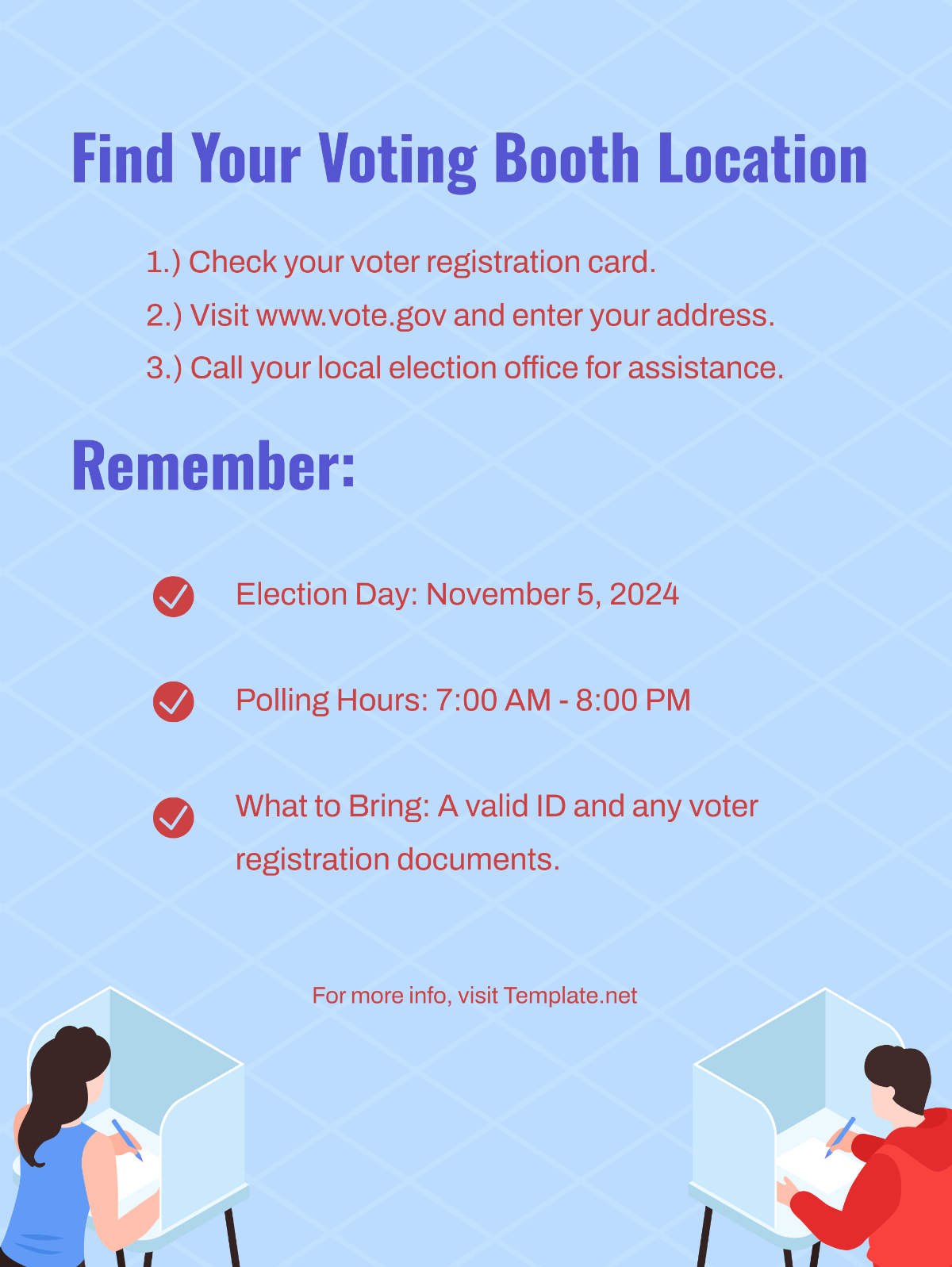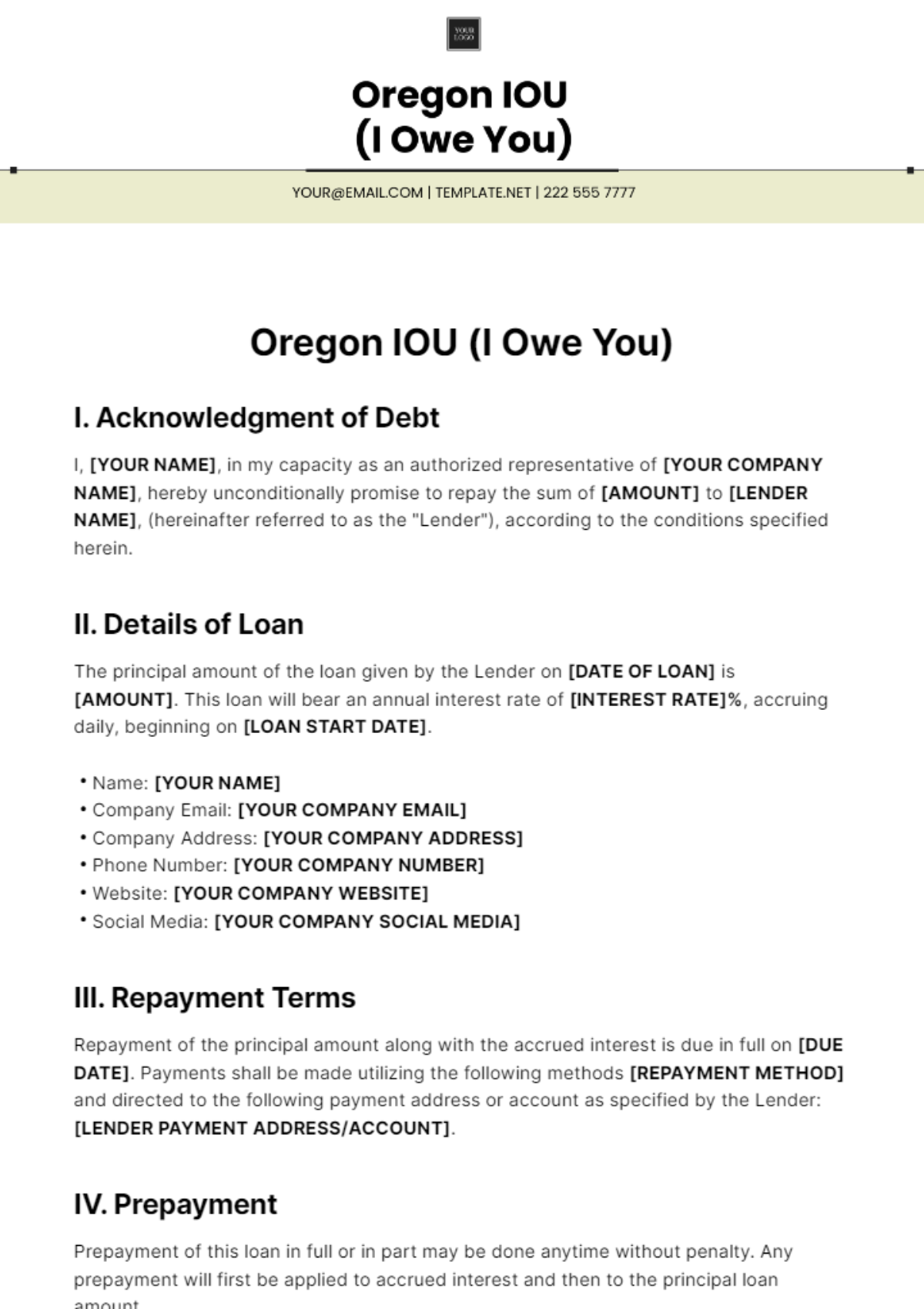Urban Planning Dissertation
I. Introduction
Urban planning plays a crucial role in shaping the built environment, influencing a wide range of socio-economic activities and environmental outcomes. This dissertation explores the various dimensions of urban planning, including its history, methodologies, challenges, and future directions. By examining case studies and drawing on theoretical perspectives, this dissertation aims to provide a comprehensive understanding of urban planning and its significance in contemporary society.
II. Historical Evolution of Urban Planning
A. Ancient Civilizations
Urban planning dates back to ancient civilizations, where cities were carefully designed to cater to the needs of their inhabitants. Notable examples include:
Mesopotamia: Public spaces, street grids, and irrigation systems.
Ancient Greece: The concept of Agora, an open place of assembly.
Roman Empire: Infrastructure such as roads, aqueducts, and forums.
B. Medieval to Modern Times
The Middle Ages saw towns being built around religious or feudal centers, while the Renaissance period brought a renewed focus on symmetry and aesthetics in city design. Modern urban planning really took shape during the Industrial Revolution, necessitating changes to accommodate rapid population growth and industrialization.
III. Methodologies in Urban Planning
A. Top-Down Planning
This approach involves a centralized authority making decisions about the layout and organization of urban spaces. It offers the advantage of macro-scale efficiency but can sometimes ignore local needs and nuances.
Comprehensive Planning
Master Plans
B. Bottom-Up Planning
In contrast, bottom-up planning relies on community input and participation. It is more democratic and adaptable but can be slower and fragmented.
Participatory Planning
Neighborhood Planning
IV. Challenges in Urban Planning
A. Socio-Economic Inequities
Urban planning often grapples with issues of inequality, where affluent areas receive more resources and investments, leaving poorer neighborhoods underdeveloped. This section will delve into:
Gentrification
Access to public services
B. Environmental Sustainability
Balancing urban expansion with environmental preservation is a significant challenge. This includes issues like:
Urban Sprawl
Green Spaces
Water Management
C. Technological Integration
With the advent of smart cities, integrating technology into urban planning has become essential but complicated. Focus areas include:
Data-Driven Planning
Internet of Things (IoT)
V. Case Studies
A. Curitiba, Brazil
Curitiba is often cited as a model for effective urban planning. Initiatives include:
Bus Rapid Transit (BRT) System
Green Spaces and Parks
Recycling Programs
Results: Improved public transport efficiency and environmental sustainability.
B. Shanghai, China
Shanghai has experienced rapid growth and has implemented several urban planning initiatives to manage this expansion. Examples include:
Pudong Development
Smart City Initiatives
VI. Future Directions in Urban Planning
A. Resilience Planning
Building resilience against natural disasters and climate change is becoming increasingly important in urban planning.
Flood-Resistant Infrastructure
Earthquake-Proof Buildings
B. Inclusive Planning
Future urban planning must prioritize inclusivity to ensure equitable access to resources and opportunities for all citizens.
Affordable Housing
Barrier-Free Design
VII. Conclusion
Urban planning is a multifaceted discipline that requires a careful balance of various competing interests and goals. This dissertation has explored its historical evolution, methodologies, challenges, and future directions. By learning from past successes and failures and leveraging new technologies, we can create urban environments that are sustainable, equitable, and resilient.

















































